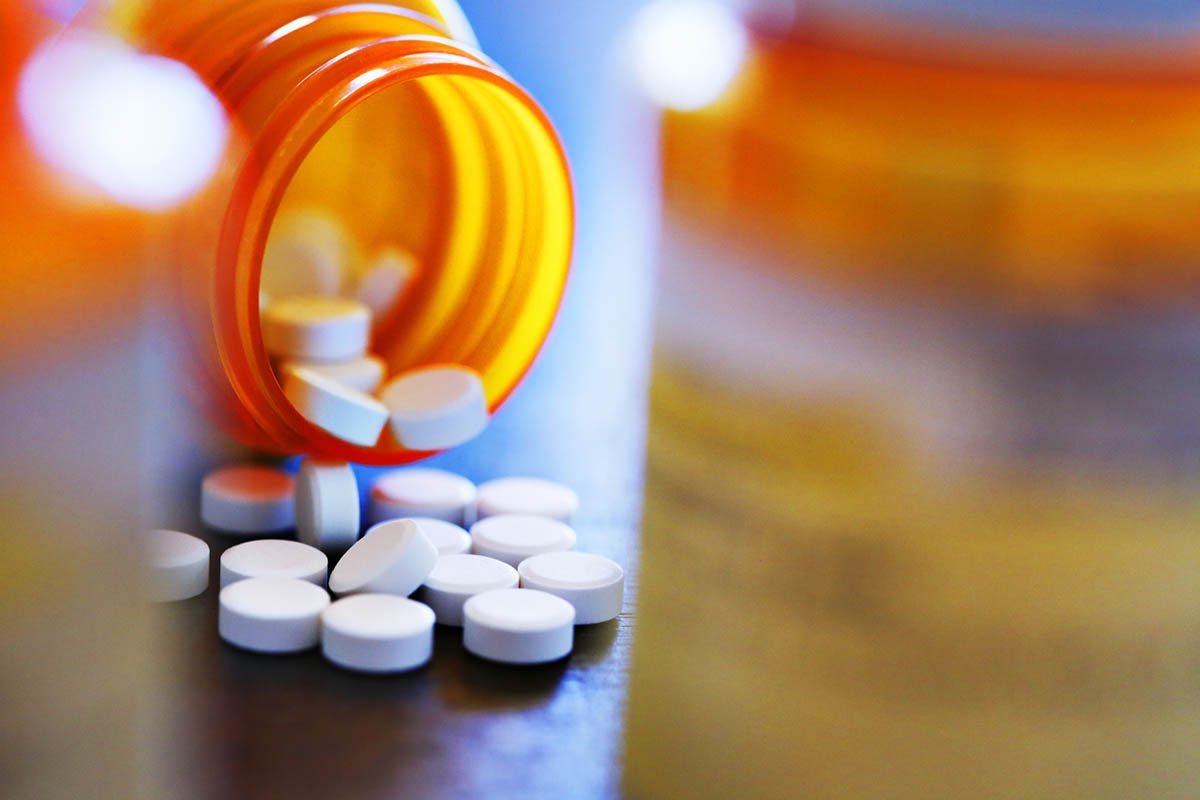Deliberate Self-Poisoning With Prescribed Drugs Is Not Related to Medical Severity of Acts
To the Editor: Patients engaging in deliberate self-poisoning (DSP) often repeat the acts and are at increased risk of dying by suicide. It is therefore crucial to delineate the association between prescription of medication and the nature of DSP episodes at an individual level including consideration of the potential lethality of the acts.
We previously reported findings showing that DSP patients have a much greater prescribed medication load (ie, the total amount of prescribed medication collected by an individual over a specified period of time) than the general population.1 We also found that most patients ingested medication prescribed for themselves in the DSP episodes, whereas the remaining patients predominantly ingested medication prescribed for other people.1 However, the relationship between availability of prescription medication and clinical aspects of DSP episodes such as medical severity is not well understood. DSP consists of a heterogeneous group of acts in terms of suicidal intent and medical severity.
The objective of the current investigation was to find out whether DSP patients who ingested medication prescribed to them in the episode engaged in medically more severe self-poisonings than those who ingested either medication that was prescribed to others or over-the-counter drugs.
Method. The study sample and design are described elsewhere.1 In brief, we included 171 patients admitted for DSP to 3 hospitals in Norway between January 2006 and March 2007. Patients’ prescription records were obtained from the Norwegian Prescription Database. All patients were hospitalized.
The medical severity of index DSP episodes was assessed by an experienced clinical toxicologist who used a 4-point scale of estimated untreated consequences (death, death probable, death unlikely, certain to survive).2,3 This evaluation was based partly on clinical judgment, patients’ medical records, and information from the patients and partly on laboratory findings (ie, blood samples) when necessary, and it included the amount of drug ingested as well as any alcohol consumed in the episode, age, and physical health (including any chronic physical conditions).
Suicidal intent was measured by items included in the questionnaires each patient completed approximately 1 day after admission and included the following 3 items: reported level of wish to die (rated from 1 = did not wish to at all to 6 = wished to very strongly), perceived likelihood of dying from the act (from 1 = not at all likely to 5 = highly likely), and whether or not the episode was considered a suicide attempt. Depression level was measured with the Beck Depression Inventory-Short Form.4
Results. Medical severity of DSP did not differ according to whether patients used drugs prescribed to them or drugs obtained by other means in the episode (OR = 0.88; 95% CI, 0.46-1.69; P = .69). As previously reported,1 the likelihood that the patients used drugs prescribed for them in the episode increased with age (OR = 1.1; 95% CI, 1.01-1.11; P = .01).
None of the 3 suicidal intent items was significantly associated with ingestion of drugs that had been prescribed for the individual in the DSP episode. However, a higher level of depression at the time of the episode significantly predicted a tendency to ingest one’s own prescription medication rather than drugs obtained by other means (OR = 5.19; 95% CI, 1.64-16.39; P = .01). Depression level at the time of the index episode was not significantly associated with the medication load for the year prior to admission (P = .93). This latter finding indicates that the association between level of depression and likelihood of ingesting one’s own prescription medications is not simply an effect of increased availability of prescribed medication (and thus a correspondingly increased risk of ingesting prescribed medication in the episode).
The lack of association between medical severity of DSP and whether or not patients ingested medication prescribed for them as opposed to medication from other sources indicates that, although total medication load affects the risk of an episode occurring, the use of prescribed medication in itself has little bearing on the danger of the episode. However, it would be simplistic to conclude that monitoring the availability of prescribed medication for this group is not vital, since prescribed medication was the choice of medication for the majority of patients and therefore may have increased the risk of impulsive DSP, particularly in view of the tendency for depression to be associated with a greater likelihood of using medication prescribed for the person themselves. In fact, the findings indicate that monitoring the prescription of drugs to the highly depressed subgroup of people who have engaged in DSP at some point may be particularly warranted. Moreover, in keeping with Joiner’s capability hypothesis,5 which suggests that deliberate self-harm patients engage in increasingly lethal methods due to habituation to painful stimuli across repeat episodes, it is likely that the association between use of prescribed medication and medical severity may operate differently for patients who engage in repeat episodes. Although we were unable to examine these possible differences in the current study, they require future research.
References
1. Gjelsvik B, Heyerdahl F, Hawton K. Prescribed medication availability and deliberate self-poisoning: a longitudinal study. J Clin Psychiatry. 2012;73(4):e548-e554. PubMed doi:10.4088/JCP.11m07209
2. Kessel N. Self-poisoning. I. BMJ. 1965;2(5473):1265-1270. PubMed doi:10.1136/bmj.2.5473.1265
3. Haw C, Hawton K, Houston K, et al. Correlates of relative lethality and suicidal intent among deliberate self-harm patients. Suicide Life Threat Behav. 2003;33(4):353-364. PubMed doi:10.1521/suli.33.4.353.25232
4. Furlanetto LM, Mendlowicz MV, Romildo Bueno J. The validity of the Beck Depression Inventory-Short Form as a screening and diagnostic instrument for moderate and severe depression in medical inpatients. J Affect Disord. 2005;86(1):87-91. PubMed doi:10.1016/j.jad.2004.12.011
5. Joiner T. Why People Die of Suicide. Cambridge, MA: Harvard University Press; 2005.
Author affiliations: Department of Psychology, University of Oslo (Ms Gjelsvik) and Department of Acute Medicine, Ullevaal, Oslo University Hospital (Dr Heyerdahl), Oslo, Norway; and Centre for Suicide Research, Department of Psychiatry, Oxford University, Oxford, United Kingdom (Dr Hawton).
Potential conflicts of interest: None reported.
Funding/support: This study was funded jointly by the Norway Ministry of Education and Research and Ministry of Health and Care. Dr Hawton is a National Institute for Health Research Senior Investigator (United Kingdom).
Acknowledgments: The authors thank the patients for participating in the study and hospital staff for providing access to patient data. They particularly thank Mari Asphjell Bjornaas, MD, PhD, for careful coding of hospital data.
J Clin Psychiatry 2013;74(6):630 (doi:10.4088/JCP.12l08298).
© Copyright 2013 Physicians Postgraduate Press, Inc.



